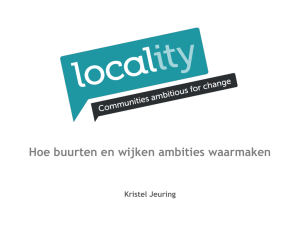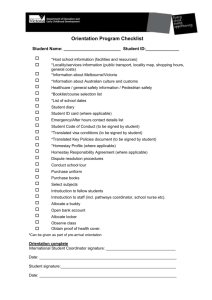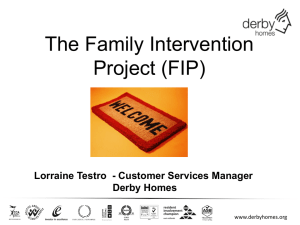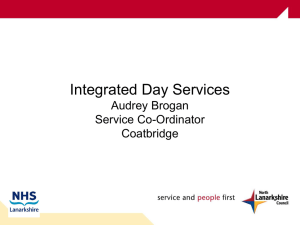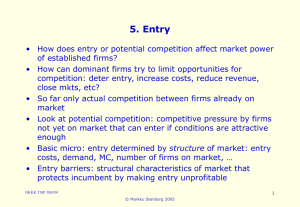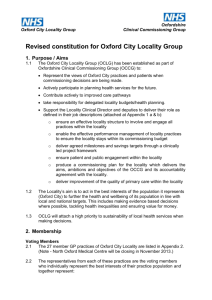03 LATEST recommendations
advertisement
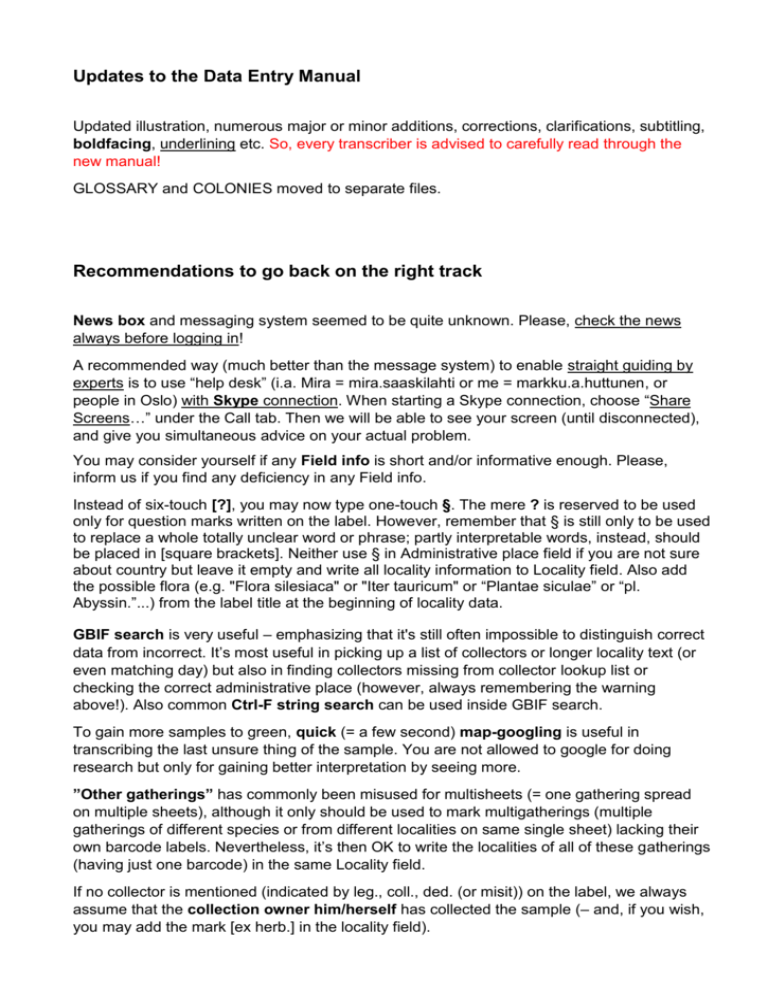
Updates to the Data Entry Manual Updated illustration, numerous major or minor additions, corrections, clarifications, subtitling, boldfacing, underlining etc. So, every transcriber is advised to carefully read through the new manual! GLOSSARY and COLONIES moved to separate files. Recommendations to go back on the right track News box and messaging system seemed to be quite unknown. Please, check the news always before logging in! A recommended way (much better than the message system) to enable straight guiding by experts is to use “help desk” (i.a. Mira = mira.saaskilahti or me = markku.a.huttunen, or people in Oslo) with Skype connection. When starting a Skype connection, choose “Share Screens…” under the Call tab. Then we will be able to see your screen (until disconnected), and give you simultaneous advice on your actual problem. You may consider yourself if any Field info is short and/or informative enough. Please, inform us if you find any deficiency in any Field info. Instead of six-touch [?], you may now type one-touch §. The mere ? is reserved to be used only for question marks written on the label. However, remember that § is still only to be used to replace a whole totally unclear word or phrase; partly interpretable words, instead, should be placed in [square brackets]. Neither use § in Administrative place field if you are not sure about country but leave it empty and write all locality information to Locality field. Also add the possible flora (e.g. "Flora silesiaca" or "Iter tauricum" or “Plantae siculae” or “pl. Abyssin.”...) from the label title at the beginning of locality data. GBIF search is very useful – emphasizing that it's still often impossible to distinguish correct data from incorrect. It’s most useful in picking up a list of collectors or longer locality text (or even matching day) but also in finding collectors missing from collector lookup list or checking the correct administrative place (however, always remembering the warning above!). Also common Ctrl-F string search can be used inside GBIF search. To gain more samples to green, quick (= a few second) map-googling is useful in transcribing the last unsure thing of the sample. You are not allowed to google for doing research but only for gaining better interpretation by seeing more. ”Other gatherings” has commonly been misused for multisheets (= one gathering spread on multiple sheets), although it only should be used to mark multigatherings (multiple gatherings of different species or from different localities on same single sheet) lacking their own barcode labels. Nevertheless, it’s then OK to write the localities of all of these gatherings (having just one barcode) in the same Locality field. If no collector is mentioned (indicated by leg., coll., ded. (or misit)) on the label, we always assume that the collection owner him/herself has collected the sample (– and, if you wish, you may add the mark [ex herb.] in the locality field). For samples collected from plants in cultivation, their known wild origin should be used in the locality and administrative place fields, with remark about cultivation. Trials to transcribe some of Samples 4 return warnings about missing folder data. Don’t care, just transcribe both Genus and Species epithet as you see them on the sheet! Faster moving of beginners from testing to production and from transcribing to proofreading is up to the decision of each team leader. You great people, just go on asking, learning, sharing your progress, seeing your goal close and keeping up good mood! Pending proposals Some automation to the “Difficult to interpret” options. Improvement to GBIF search are planned, including some validity control and automated returning of best fitting results. Possibility to pass reserved samples from one person to another – for example samples with data written in certain languages to operators with appropriate language skills. Mvh, markku Markku A. Huttunen Research Technician in Digitarium markku.huttunen@uef.fi Skype: markku.a.huttunen www.facebook.com/markkuah

